Introduction
The Dawn of a New Era in Education
Imagine a classroom where the walls between reality and imagination blur, a place where creativity knows no bounds and cultural insights are just a click away. This is not a scene from a futuristic movie; it’s the present and the future of K–12 education, powered by GPT Vision.
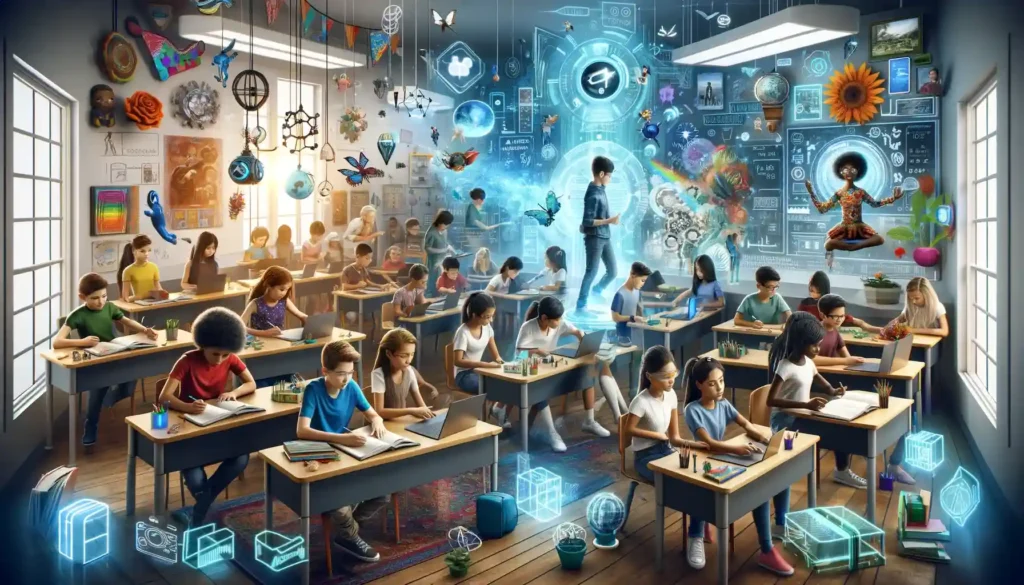
As a seasoned educator and researcher in AI tools for education, I’ve witnessed first-hand the transformative potential of GPT Vision in the classroom.
GPT Vision is an advanced AI technology that is transforming the classroom experience by enhancing learning and teaching through innovative applications.
Why Focus on GPT Vision?
GPT Vision, the cutting-edge AI technology, offers more than just a glimpse into the future; it provides a tangible pathway for enhancing educational experiences. In this blog post, we delve deep into the realm of GPT Vision, exploring its myriad applications in fostering creativity and imparting cultural knowledge in K–12 education.
GPT Vision is redefining the educational landscape through AI-powered storytelling that captivates young minds and the exploration of world cultures through interactive images.
We will uncover how this technology is not just an addition to the classroom but a revolution in how we teach, learn, and perceive the world around us.
Navigating the Journey Ahead
Join me as we embark on this exciting journey to explore the myriad ways GPT Vision is reshaping the classroom experience. We will dive into practical applications, discuss responsible AI use, and much more.
This exploration is more than just about understanding a technology; it’s about envisioning a future where education is more interactive, inclusive, and inspiring.
So, let’s turn the page and step into the world of GPT Vision in the classroom, a world where the only limit is our imagination.
AI-Powered Storytelling in the Classroom
The Art of Digital Storytelling with GPT Vision
Revolutionizing Story Creation
In the realm of K–12 education, the advent of AI, particularly GPT Vision, has introduced a novel dimension to storytelling. This technology is not just a tool; it’s a collaborator in the creative process. It helps students bring their narratives to life in ways previously unimagined.
From Images to Stories: The Magic of GPT Vision
In my after-class activities, I have seen students use GPT Vision to create captivating stories from everyday objects, which has greatly enhanced their storytelling skills and sparked their creativity. Students, armed with images of everyday objects, toys, or classroom elements, engaged with GPT Vision to weave these visuals into rich narratives.
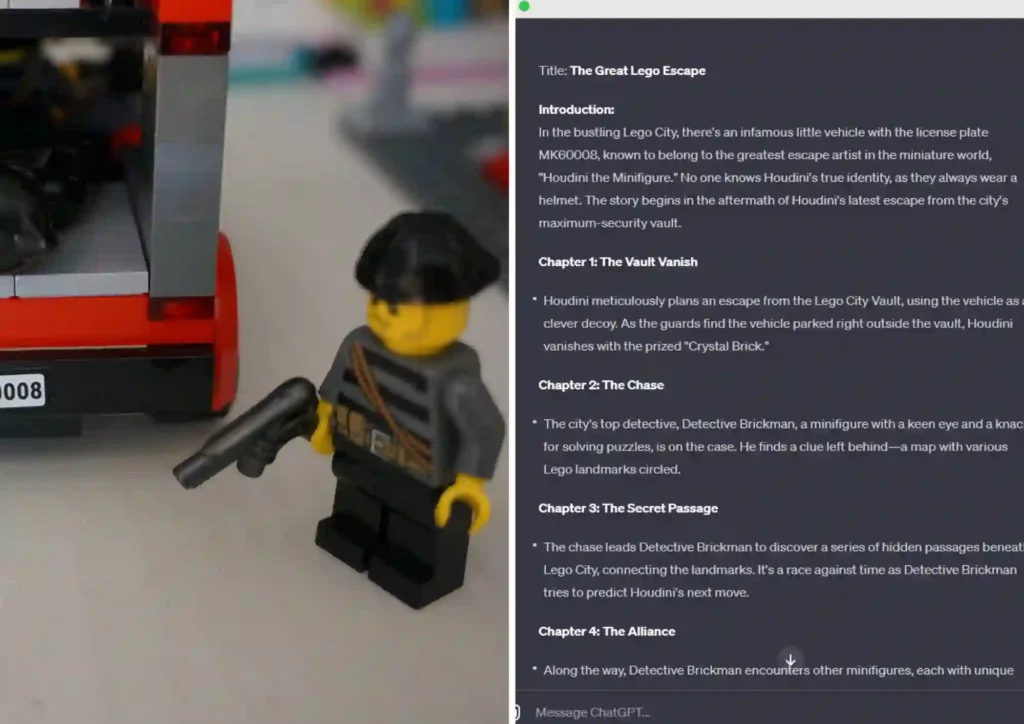
This integration of AI not only enhanced their storytelling skills but also sparked a unique blend of creativity and technology.
AI as a Catalyst for Creativity
In a post on I wrote about digital storytelling across subjects, integrating AI in storytelling is not just about automating the process.
It’s about expanding the students’ creative horizons, enabling them to explore and express themselves in ways they haven’t before. GPT Vision serves as a bridge between their imagination and digital expression.
Enhancing Narratives with AI Storytelling
A resource from B12 (b12.io) further emphasizes AI’s role in storytelling. AI storytellers, with their advanced algorithms, can generate unique storylines and characters, pushing the boundaries of traditional storytelling.
They provide a wealth of creative suggestions, enhancing the narrative experience and allowing students to explore uncharted territories of creativity.
The Future of Storytelling is Here
The integration of GPT Vision into classroom storytelling is more than a technological upgrade; it’s a paradigm shift in educational methodologies.
We improve students’ storytelling skills and prepare them for a future where technology and creativity are intertwined by letting them use AI.
Student-Created Projects with GPT Vision
Transforming Narratives into Visual Stories
After students in my after-school classes generate narratives using GPT Vision and their own images, they embark on an exciting journey to bring their stories to life.
This process involves creating new images with a specialized GPT model called “Consistent Character,” allowing the portrayal of characters across various scenes consistently.
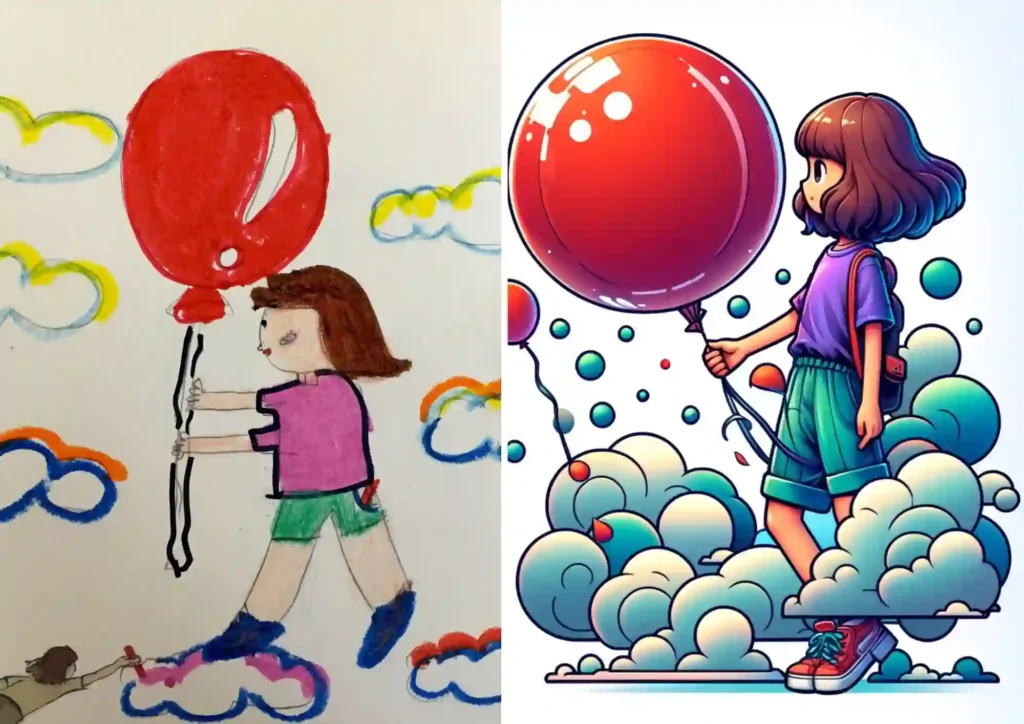
This innovative approach not only enhances the storytelling experience but also fosters a deeper understanding of character development and visual consistency in narratives.
Digital Comics and Interactive Storybooks
One of the remarkable outcomes of this integration is the creation of digital comics and interactive storybooks. Students use their AI-generated outlines and narratives, coupled with the newly created images, to craft compelling stories.
These stories are then brought into digital form using Book Creator, a versatile application we’ve relied on for years for digital storytelling.
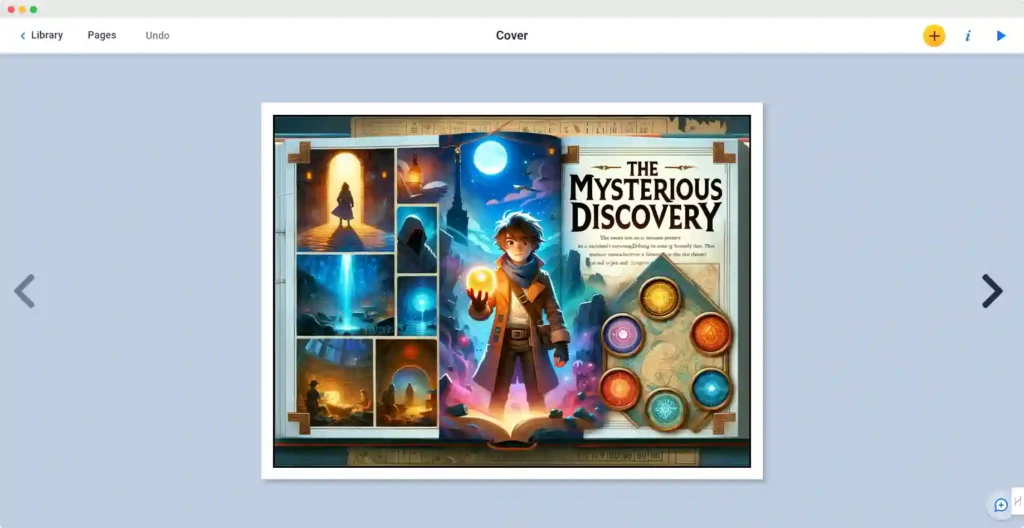
The result is a rich, interactive, and visually appealing story that showcases the students’ creativity and their grasp of technology.
Real-World Examples and Case Studies
A noteworthy case study highlighted in an article on Science News (sciencenews.org) demonstrates the potential of AI tools like ChatGPT in education. While these tools can be misused for cheating, they also offer immense opportunities for enhancing learning experiences.
Students can use AI to improve their writing, grammar, and even to comprehend challenging subjects. Educators can leverage AI to develop lesson plans, activities, and personalized assessments.
This example underlines the multifaceted role of AI in education, transcending mere content generation to becoming a tool for learning enhancement.
A New Frontier in Educational Creativity
The integration of GPT Vision into student projects like digital comics and interactive storybooks represents a significant leap in educational creativity. It’s not just about replacing traditional methods; it’s about augmenting and enriching the learning experience.
As educators and students alike navigate this new frontier, the potential for innovation and discovery in the classroom is boundless.
Exploring Art and Culture through AI
Art Style Recognition and Analysis with GPT-3 Vision
Unveiling the Layers of Art Through AI
Art is not just about what we see; it’s a conversation across time and space. GPT-3 Vision offers an innovative way to participate in this dialogue, enabling students to delve into the intricacies of various art styles and historical contexts.
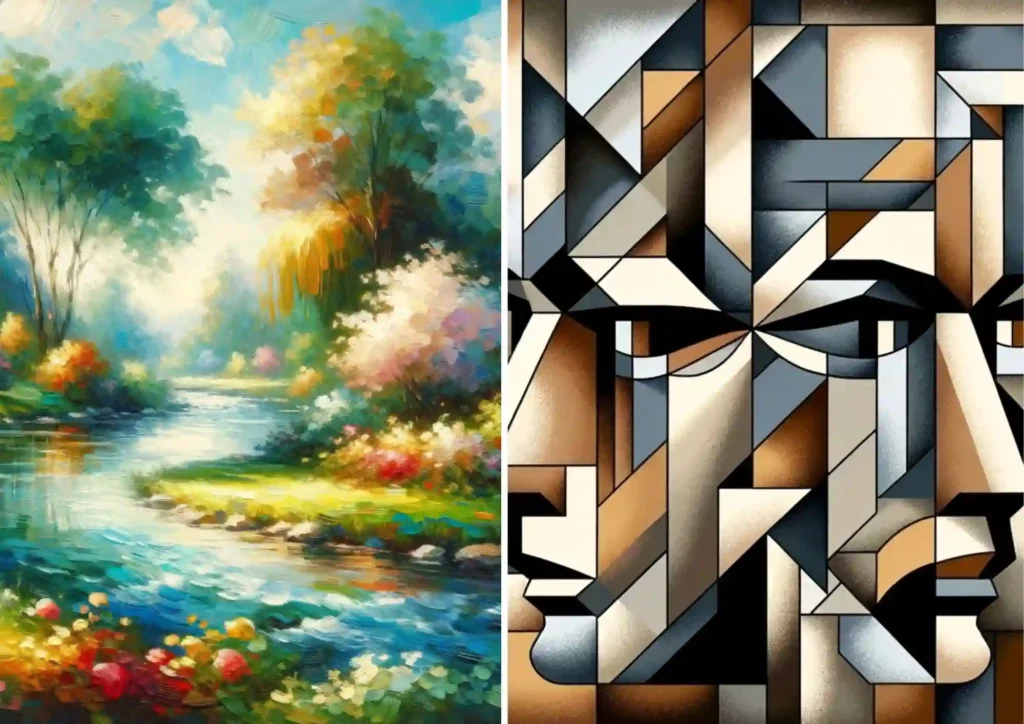
From the vibrant strokes of Impressionism to the geometric intricacies of Cubism and the grandeur of the Renaissance, GPT-3 Vision can identify and analyze these diverse art styles by examining the visual features and metadata of artworks.
Integrating Art History with Technology
An article from Nature (nature.com) introduces DALL·E, a model related to GPT-3 Vision, which can create images from text descriptions. This capability can be harnessed in art and history lessons, where students can explore and compare different artworks.
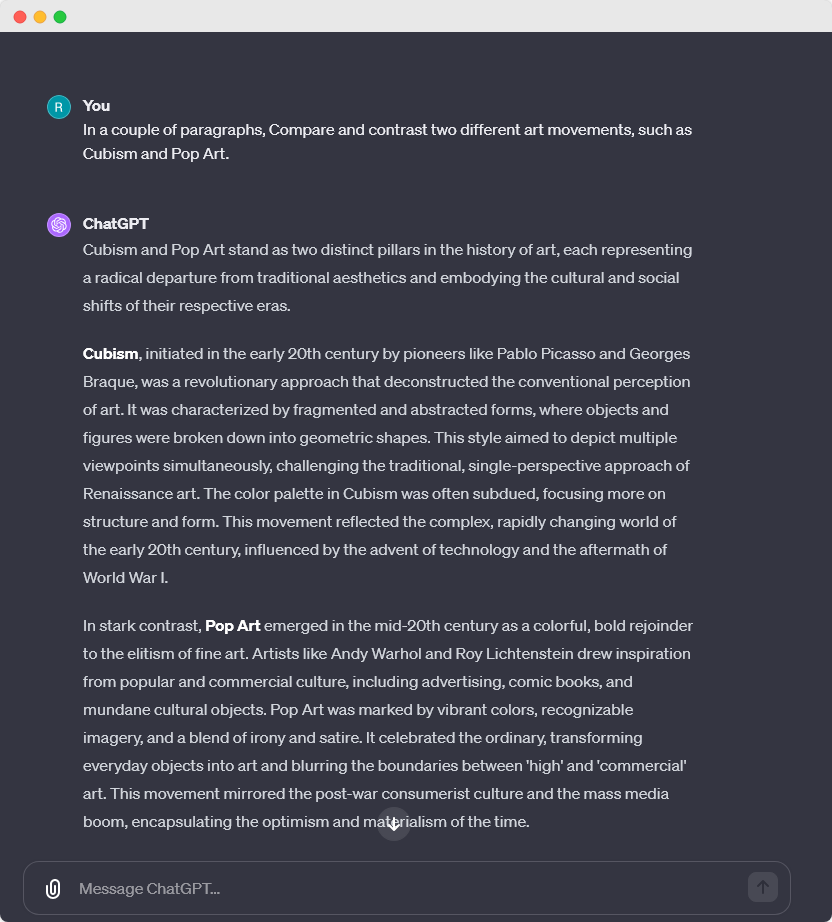
They can learn about the origins and influences of various art movements and even create their own art in these styles, thereby gaining a deeper appreciation and understanding of the art world.
AI and Cultural Heritage
A paper suggests a method for using GPT-3 Vision for visual question-answering in cultural heritage (zdnet.com). This approach can be integrated into classroom activities, where students can interact with AI to ask and receive answers about the historical and cultural significance of artworks.
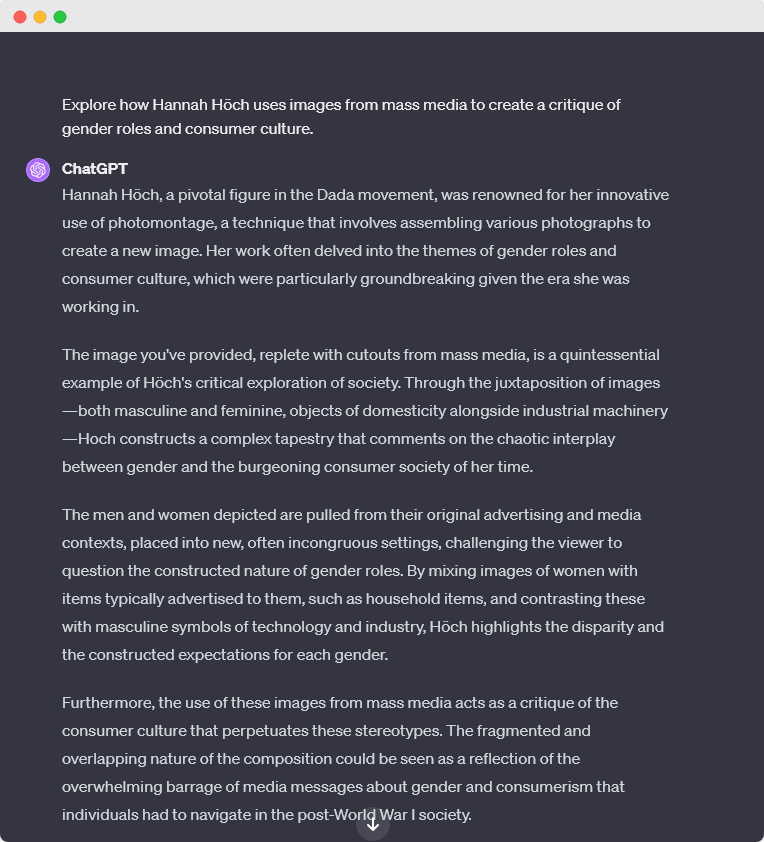
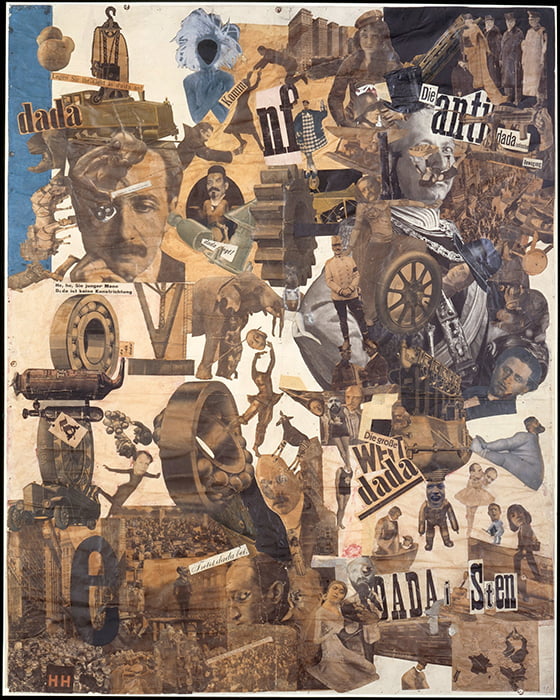
Such interactions encourage not just knowledge acquisition but also critical thinking and curiosity about world cultures and their artistic expressions.
A Canvas of Possibilities
Incorporating GPT-3 Vision into art education opens up a canvas of possibilities. It’s not just about recognizing art styles; it’s about engaging with history, understanding the cultural context, and inspiring students to create their own interpretations of art.
This fusion of AI and art education paves the way for a more interactive, insightful, and immersive learning experience.
Cultural Understanding through Images
GPT-3 Vision: A Gateway to Cultural Exploration
GPT-3 Vision, an advanced AI model, is leading the way in cultural education in classrooms. It allows students to explore and understand a wide array of cultural symbols and artworks, from flags and monuments to intricate paintings, by providing relevant information and contextual understanding.
This tool is not just a technological marvel; it’s a cultural bridge, connecting students with the diverse tapestry of global cultures.
GPT-3 Vision: A Gateway to Cultural Exploration
The study “On the Opportunities and Risks of Foundation Models” by Rishi Bommasani and colleagues presents GPT-3 Vision as a transformative tool for cultural education.
It showcases how GPT-3 Vision can generate insightful descriptions for artworks, aiding in both visual and contextual comprehension.
The authors highlight the potential of this technology in classrooms for activities like identifying and interpreting cultural symbols in images, stating,
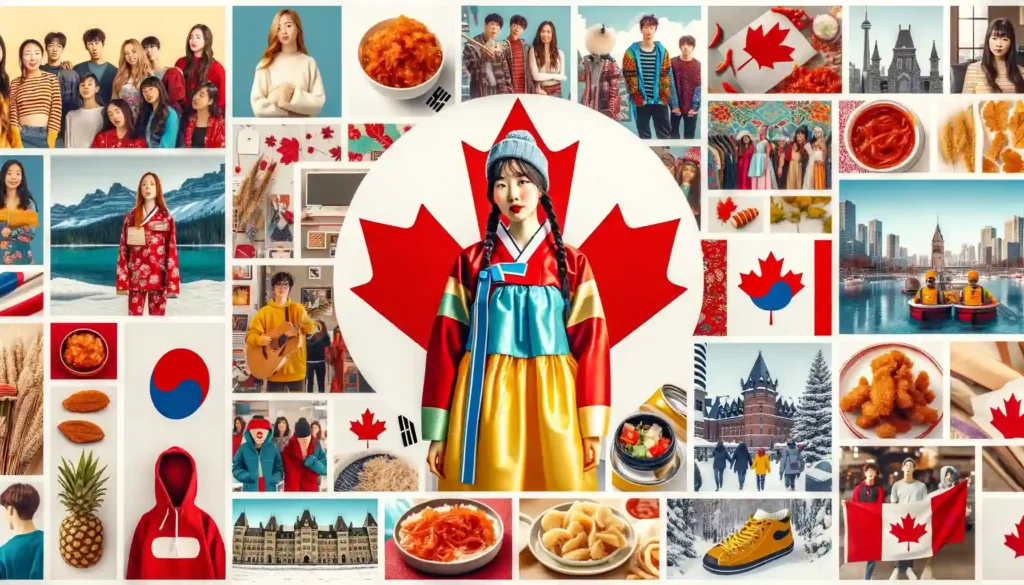
“Foundation models… have the potential to accentuate harms, and their characteristics are in general poorly understood.”
This underscores the need for responsible integration of such technologies in educational settings, focusing on nurturing cultural discovery and connecting visual elements to their historical and cultural significance.
Fostering Cultural Identity and Awareness
Using AI, students can also engage in projects that reflect their own culture or identity. As detailed in a guide from OpenAI, AI tools can be used to teach cultural diversity effectively.
For instance, students can create images representing their own cultural backgrounds, fostering a deeper personal connection with the content and enhancing their understanding of the diversity around them.
Cultivating Cultural Sensitivity and Awareness
Integrating GPT-3 Vision into cultural education is more than just a lesson in art history; it’s an exercise in empathy, cultural sensitivity, and global awareness.
By exploring different cultures through AI, students gain a nuanced understanding of the world, preparing them to be more informed and empathetic global citizens.
Practical Applications in the Classroom
Interactive Learning Activities
In this section, we delve into the heart of GPT Vision’s practicality in the educational sphere. We explore how GPT-3 Vision can be dynamically used across different grade levels to create interactive, engaging learning experiences.
From elementary to high school, educators focus on using practical, creative, and integrative teaching methods.
Elementary School: Cultivating Curiosity and Creativity
- Interactive Geography
- Activity: Students describe their imaginary land, and GPT-3 Vision creates a map based on their descriptions. This exercise blends storytelling with basic geographical concepts.
- Prompt: “Create a map showing a fantasy island with three mountains, two rivers, and a hidden treasure.”
- Mathematical Concepts Visualization
- Activity: Visualize basic math problems to help students understand arithmetic operations in a fun, engaging way.
- Prompt: “Show a visual representation of the equation ‘5+3=8’ using animals.”
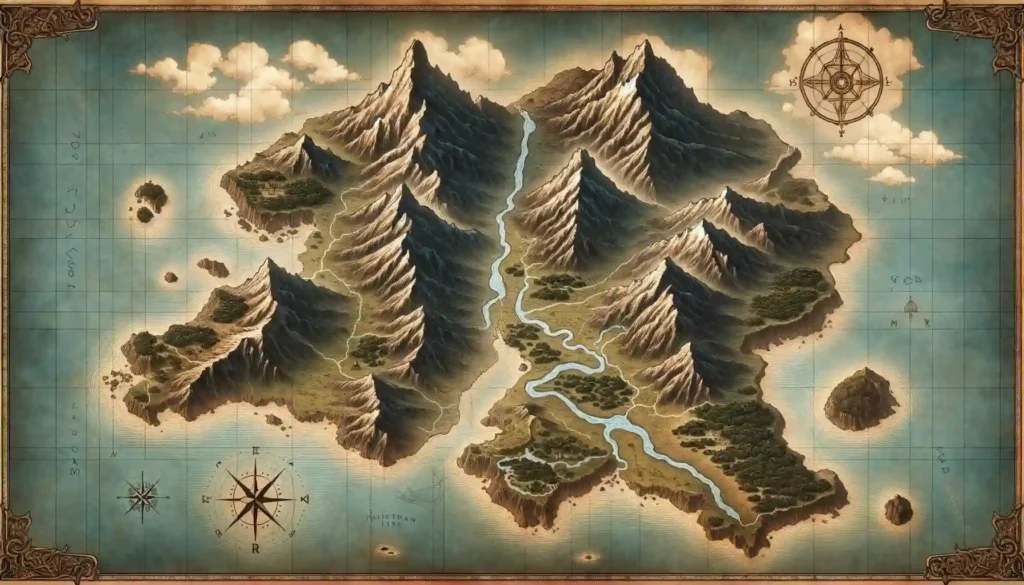
Middle School: Deepening Understanding
- Art and History Fusion
- Activity: Students explore historical periods and art styles by creating visual representations of those eras.
- Prompt: “Generate an image of Ancient Rome as it would look during the reign of Julius Caesar.”
- Scientific Phenomena Visualization
- Activity: Use GPT-3 Vision to simulate scientific experiments or natural phenomena, making abstract scientific concepts more accessible.
- Prompt: “Illustrate the water cycle process occurring in a rainforest ecosystem.”
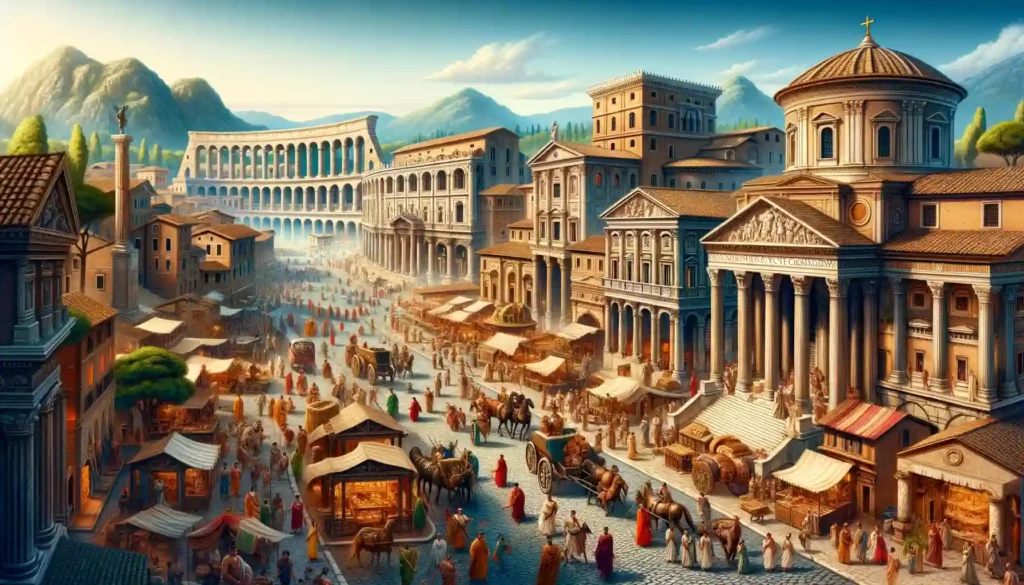
High School: Expanding Perspectives
- Global Issues Forum
- Activity: Students analyze and discuss global issues, using GPT-3 Vision to bring these topics to life visually.
- Prompt: “Create an image depicting the impact of climate change on polar regions.”
- Philosophical Debates Visualized
- Activity: Engage students in philosophical thinking by visualizing abstract concepts or historical debates.
- Prompt: “Visualize the concept of ‘Plato’s Allegory of the Cave’ in a modern setting.”
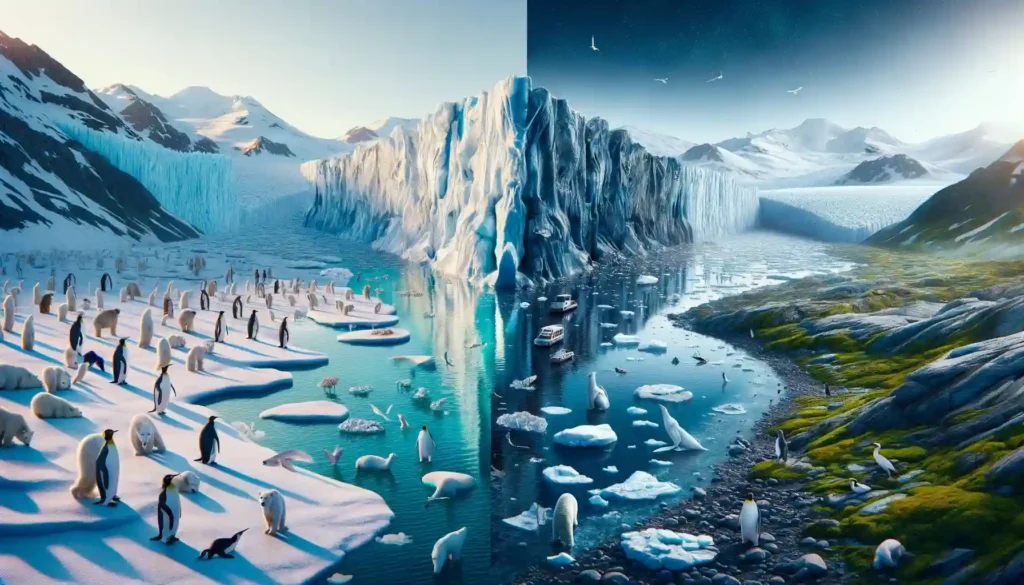
Integrating Technology in Lesson Plans
- Cross-curricular Projects
- Activity: Combine multiple subjects in a single project, using GPT-3 Vision to create a cohesive visual narrative.
- Prompt: “Design a visual story that combines elements of the American Revolution, physics principles, and artistic expression.”
- Student-led Tutorials
- Activity: Students create and share tutorials on using GPT-3 Vision, promoting collaborative learning and tech skills.
- Prompt: “Create a step-by-step visual guide on how to use GPT-3 Vision for a science project.”
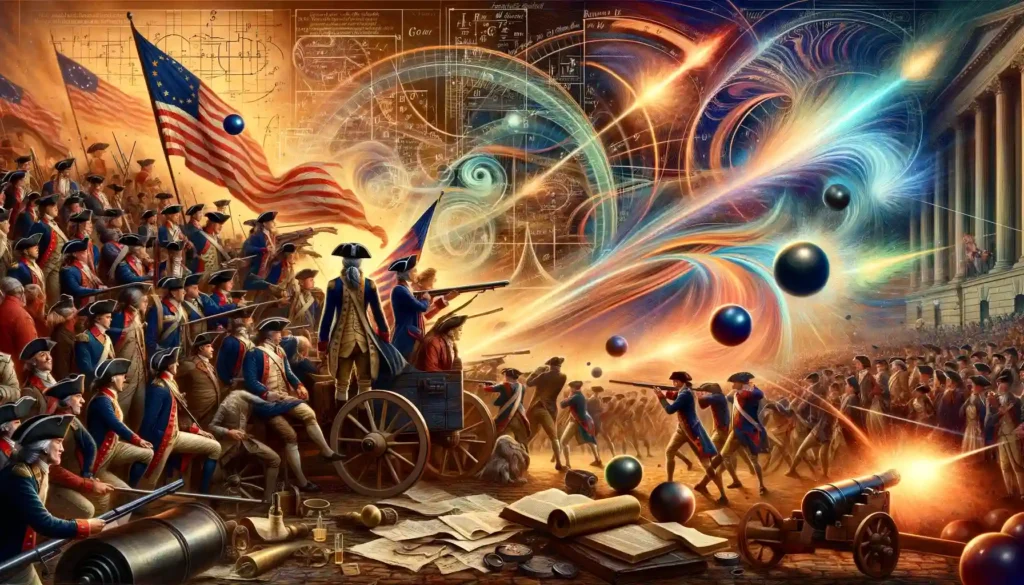
These structured activities, paired with specific prompts, should provide a clearer roadmap for educators and students to harness GPT-3 Vision in the classroom, enhancing both learning and engagement.
Encouraging Responsible AI Use
Introduction to Encouraging Responsible AI Use
This section addresses the vital aspect of ethical AI use in education. Here, we emphasize the importance of teaching K–12 students about the ethical use of AI, highlighting the need for understanding its limitations, biases, and the responsibilities that come with it.
Educating on Ethical AI Use
Focusing on the significance of ethical AI use, we’ll discuss how educators can instill a sense of responsibility and ethics in students regarding AI technology. This includes understanding AI’s limitations and biases and the importance of using AI in a manner that respects privacy and rights.
Cultivating Critical Thinking in AI Content
We will provide guidelines for educators on fostering critical thinking about AI-generated content among students. This may include teaching students how to evaluate the credibility of AI-generated information, identifying potential biases, and analyzing the implications of relying on AI for decision-making.
Conclusion
As we wrap up our journey through “GPT Vision in the Classroom,” it’s clear that GPT-3 Vision holds immense potential for revolutionizing K–12 education.
We’ve explored its capabilities in enhancing storytelling, delving into art and culture, practical classroom applications, and the critical aspect of ethical AI use. These explorations underscore the transformative power of AI in education.
The future of learning with GPT-3 Vision is not just about technological advancement; it’s about nurturing creativity, cultural understanding, and responsible digital citizenship in our students.
As educators, our role is pivotal in guiding this journey, ensuring that technology enhances learning experiences while fostering critical thinking and ethical understanding.
Looking ahead, the possibilities are limitless. We’re on the cusp of an exciting era in education, where AI like GPT Vision opens doors to new worlds of learning and creativity.
Let’s embrace this opportunity to shape a future where technology and education synergize to unleash the full potential of our students.
I invite you to share your experiences, feedback, or ideas on using GPT Vision in the classroom. Together, let’s continue this conversation and collaboratively enrich our educational practices.
Frequently Asked Questions
What is GPT Vision in the Classroom?
GPT Vision in the Classroom refers to the integration of AI tools like GPT in K-12 education, enhancing learning through creative and culturally insightful methods.
How does GPT Vision enhance creativity in students?
GPT stimulates creativity by providing diverse, interactive content and enabling students to explore various topics in a dynamic, engaging manner.
Can GPT Vision aid in cultural education?
Yes, GPT offers extensive information and perspectives on different cultures, fostering a more inclusive and diverse understanding in the classroom.
Is GPT Vision suitable for all K-12 education levels?
GPT can be adapted for various educational levels, offering age-appropriate content and interactive experiences suitable for each grade.
How does GPT Vision impact teacher’s lesson planning?
GPT aids in lesson planning by offering innovative resources and ideas, easing the preparation process and enhancing the educational content.
What are the challenges of implementing GPT Vision in classrooms?
Challenges include ensuring age-appropriate content, managing screen time, and integrating it effectively with traditional teaching methods.









Recent Comments